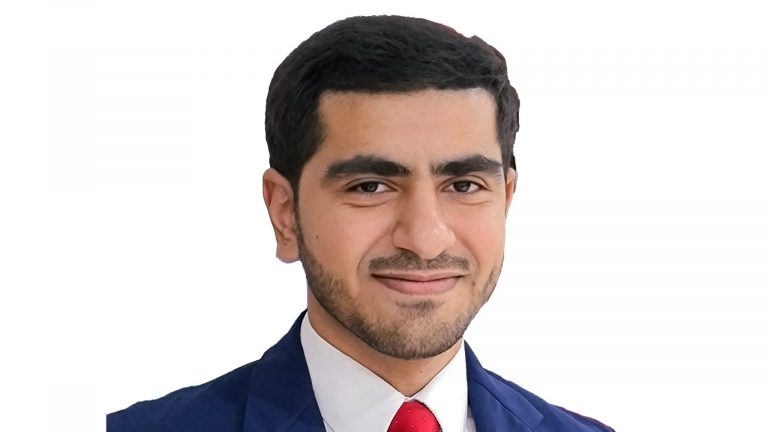
Pathways to a hydrogen economy for the transport and buildings sectors in the EU and Switzerland under a net-zero case by 2050
The project is set to identify the key actions, mechanisms and policies to enable pathways conducive to a hydrogen economy in the EU and in Switzerland by 2050. There will be a focus on the transport and building sectors, as they make up around 60% of the GHG emissions of Europe and show significant potential for integrating low-carbon hydrogen technologies. The project is set to identify the barriers that need to be addressed and the measures necessary to create a growing market environment that boosts hydrogen production and supports scaling up its utilisation in the transport and building sectors.
Project dates: Jun 2022 – Jun 2026
Keywords: Hydrogen – Renewable and low-carbon energy – Future fuels
Partner: TBC
Laboratory: ENAC-IA-LEURE
Thesis director: Philippe Thalmann
EDOC program: EDCE
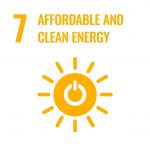
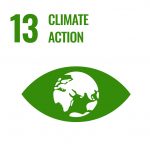
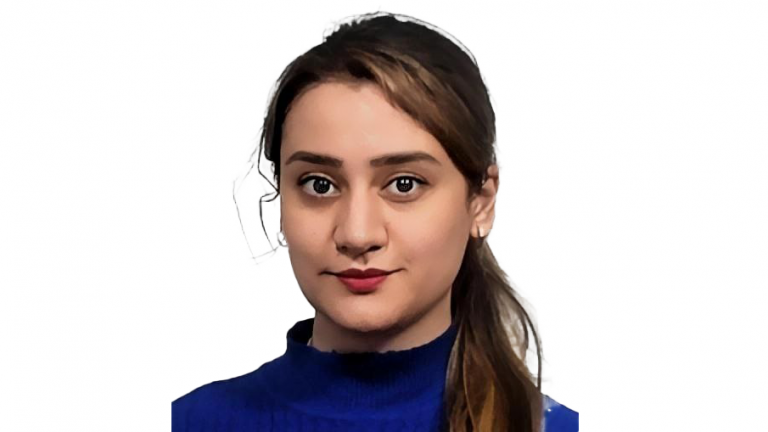
High-speed Scanning ion conductance microscopy on neurons as a new in vitro platform for studying neuroregeneration
In most mammals, such as rodents, neurons in the central nervous system, are post-mitotic cells meaning they are no longer able to divide or regenerate after birth. While some species such as opossums can regenerate their spinal cord until 17 days after birth. Understanding the dynamics of regeneration in different species and visualization of the phenomena after injury and during regeneration is vital to understand the differences in the mechanisms of regeneration and growth cone formation. However, neurons are among the most challenging biological samples for live cell imaging because they are extremely susceptible to any disturbance such as phototoxicity or mechanical stimulation. We propose a technology-based platform using scanning ion conductance microscopy (SICM) for in-vitro study of neuro-regeneration. With this label-free technique, we can image live neurons with high lateral, axial and temporal resolution after injury and during regeneration in their physiological condition and without any light exposure, external force or other disturbance.
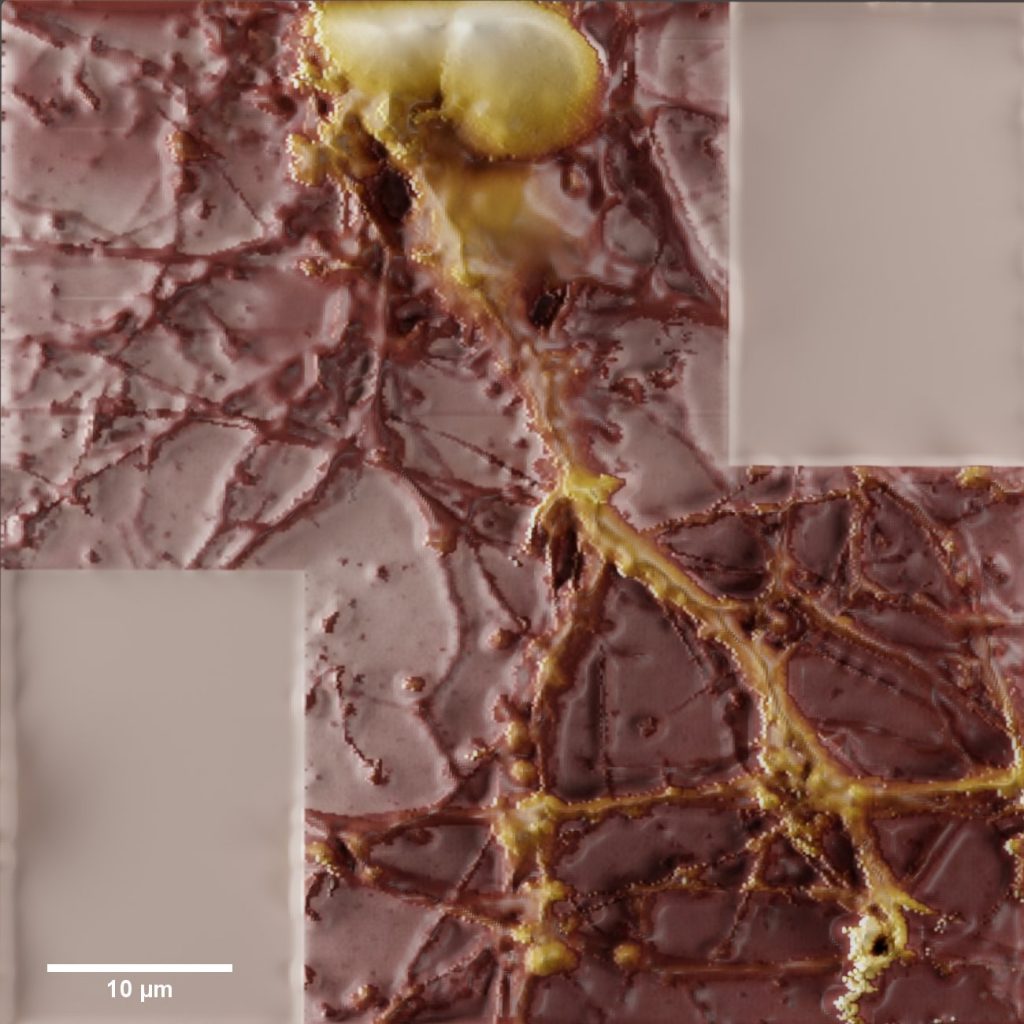
Project dates: Nov 2021 – Nov 2025
Keywords: High-resolution Scanning Probe Microscopy – Neuro-regeneration – SICM
Partner: NanoSurf
Laboratory: SV-STI-IBI-LBNI
Thesis director: Georg Fantner
EDOC program: EDBB

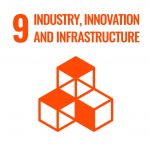
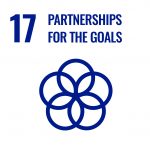
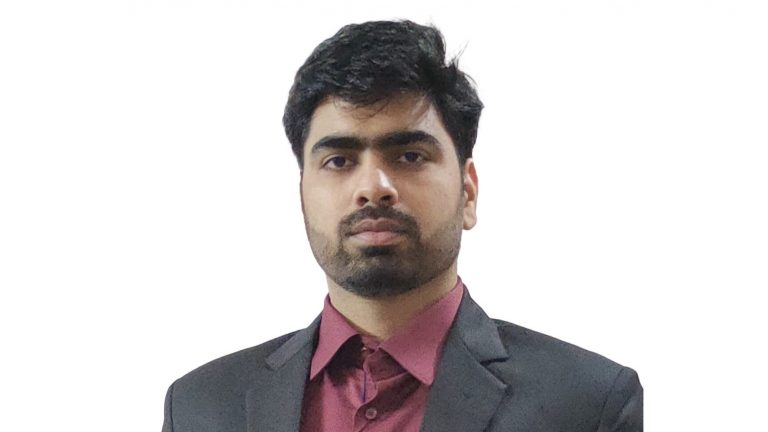
High-throughput experimentation and optimisation of perovskite solar cells
With the current focus on shifting towards non-fossil based energy resources, solar PV has gained significant interest over the last decade. However, within PV technologies space many new emerging technologies have been developed lately which might be better than existing PV technologies. One such candidate is perovksite solar cells which has shown huge improvements in its efficiency in just over a decade with efficiencies reaching the level of established silicon cells. Moreover, this technology is based low energy intensive processes and can also be used with flexible substrate and has many other advantages. However, taking this technology to market is still hindered because of issues related to scaling-up and stability. Therefore, my project aims to design and develop a high-throughput experimentation framework and integrate it with computer-aided methods based on machine learning and artificial intelligence to expedite the process of screening and optimisation of these cells with respect to different key performance indicators.
Project dates: Feb 2022 – Jan 2026
Keywords: Perovskite solar cells – High-throughput experimentation – Optimisation
Partner: TBC
Laboratory: SCI-STI-FM
Thesis director: François Maréchal
EDOC program: EDEY



Towards quasi real-time simulations of district heating networks for an optimal sustainable design and control
District heating networks are an efficient solution to reduce the carbon footprint of space heating and domestic hot water preparation. Due to their complexity, however, the methods that are currently used for their simulation are either too computationally expensive or too simplified, limiting our capability of investigating optimal designs and operational settings of these systems. The goal of the project is to propose a novel approach, combining physics-based methods with machine learning, to enable quasi real-time simulation of district heating network, and to leverage its speed for enabling more comprehensive optimization strategies.
Project dates: Feb 2022 – Jan 2026
Keywords: District Heating Networks – Optimization – Machine Learning
Partner: Satom SA
Laboratory: STI-IEL-LIDIAP
Thesis director: Jean-Marc Odobez – Jérôme Kämpf
EDOC program: EDEE


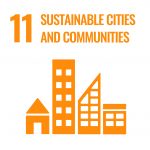
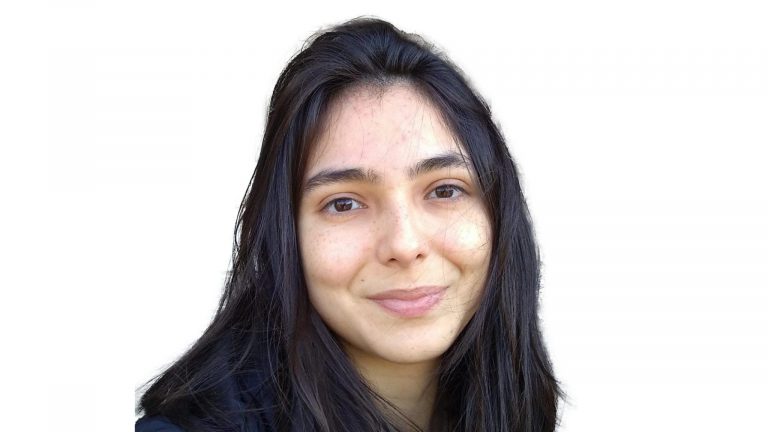
Computational discovery and understanding of metal and covalent organic frameworks as photocatalysts for alternative energy applications
Photocatalysis offers a pathway for green energy alternatives such
as sunlight-driven water splitting and CO2 reduction. In such processes, solar-to-chemical
energy conversion provides the driving force to generate renewable fuels and chemicals as
a promising solution to the energy and environmental crisis, without the need of utilizing
fossil fuels. Whether the promise of a photocatalysis-based sustainable future can reach industrial plants strongly depends on the choice of the photocatalyst. It’s in this scenario that metal organic frameworks and covalent organic frameworks have emerged as prospective candidates, offering the advantages of high crystallinity, porosity, large surface area, tunability with different functional groups and solution-processability that allows for a smart, functionality-based design. The use of computational resources to investigate those materials can aid the overall search for a good candidate, and provide insights on how to enhance performance so as to allow for large-scale implementation.
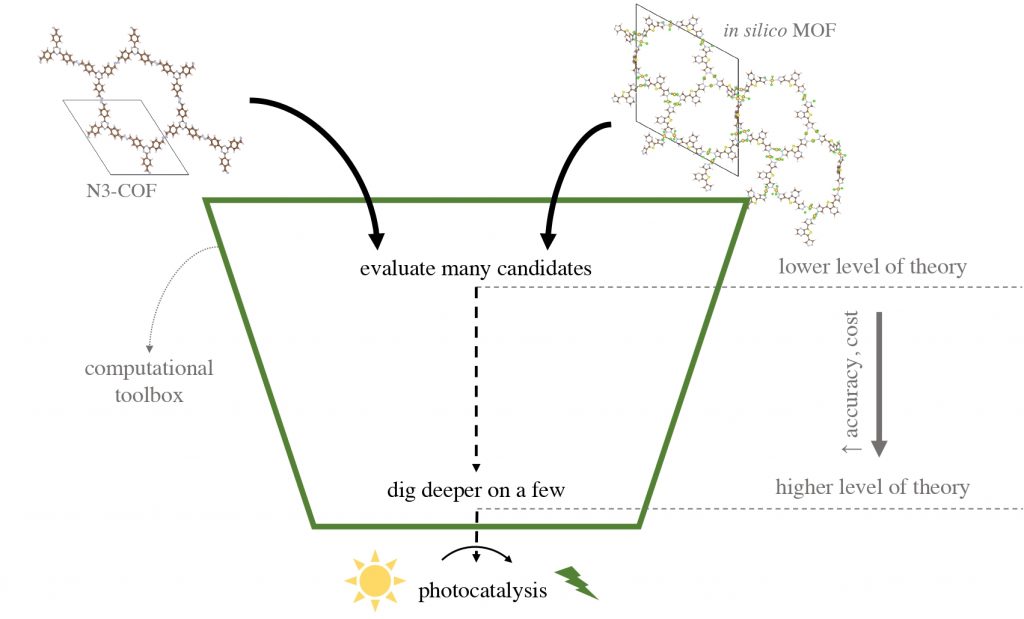
Project dates: Mar 2022 – Mar 2026
Keywords: Photocatalysis – Green Hydrogen – Computational Chemistry
Partner: Lawrence Berkeley National Laboratory
Laboratory:SB-ISIC-LSMO
Thesis director: Berend Smit
EDOC program: EDCH



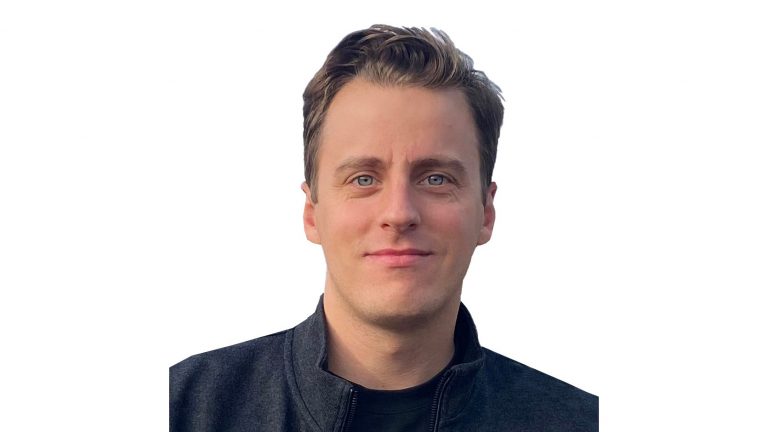
In Quest of Lost Meaning: Vernacular Architecture and the Environmental Awakening, 1945-1972
The project addresses a central topic in the theory of architecture-the relationship between the notions of “contemporary” and “traditional” in the aftermath of WWII. The period 1945-1972 is largely characterized by the dominion of the International Style as the main paradigm of professional architecture, but it also witnessed unprecedented scholastic research on the study of traditional buildings and settlements. The aforementioned led to the production of a significant corpus of literature that brought the subject of vernacular architecture to the foreground of the architectural discourse of the time. Although vernacular influences pre-existed in pre-war architecture, they were mostly bounded around an abstract myth of origins. In post-war years, research on vernacular architecture acquired a transdisciplinary character closely linked to the emerging notion of “environment”, long before its current associations with sustainability. These various interpretations of the vernacular aimed in providing responses to the increasing loss of meaning in the built environment; a loss caused by interconnected issues such as increasing pollution, accelerated modern development, the vanishing of the historic city, and the uncontrolled urban sprawl. The current thesis aims to discuss the intertwined formative years of vernacular studies and environmental design research, before their establishment as official fields of scholarship in architectural academia (late 60s-early 70s). In doing so, the work of carefully selected architects and architectural theorists will be critically approached. Finally, by drawing a direct comparison between the years of environmental awaking and the current emergencies of ecological transition, the doctoral project aspires to illustrate a roadmap for a qualitative shift in the present paradigm of architectural sustainability.
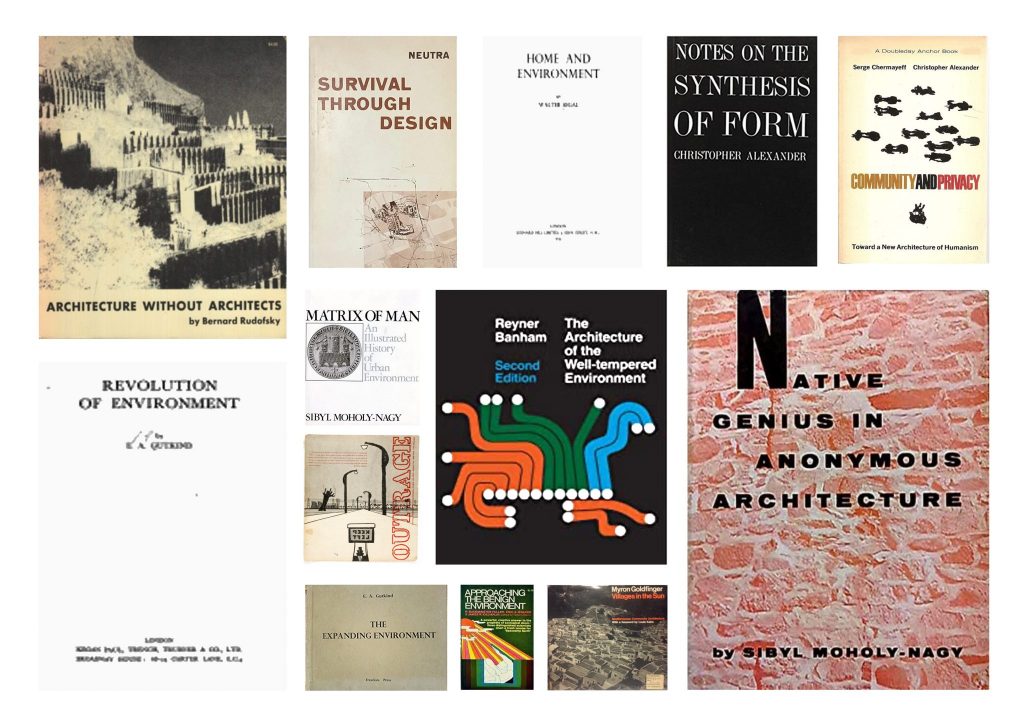
Project dates: Dec 2021 – Nov 2025
Keywords: Vernacular Architecture – Environmental Design – History and Theory of Architecture
Partner: Fondation Braillard Architectes
Laboratory: ENAC-IA-LAPIS
Thesis director: Nicola Braghieri
EDOC program: EDAR



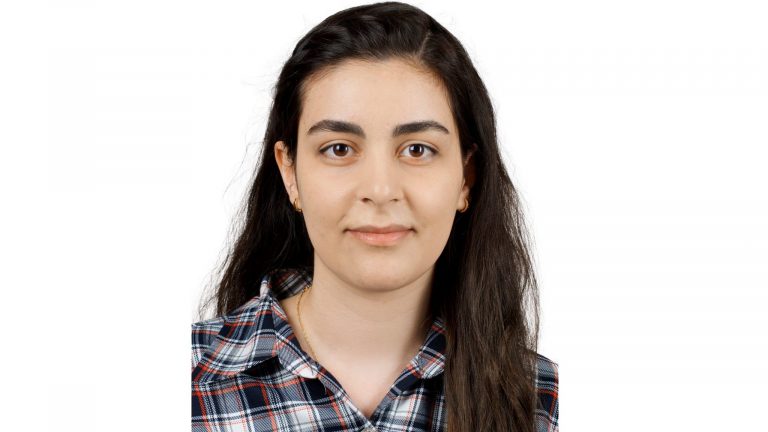
Compact and Energy-Efficient Dielectric Laser accelerator for Dark Matter Studies
The compact size and potential for high energy output of Dielectric Laser Acceleration (DLA) could have significant implications for particle physics, materials science, and medical research. DLA uses laser electric fields to accelerate electrons and has the potential to be more efficient and compact than conventional particle accelerators in certain applications.
My thesis focuses on the development of a Dielectric Laser Accelerator for the study of dark matter, a crucial yet elusive component of the universe. In my research, I will conceptually design a laser-driven electron acceleration system, analyse the electron beam properties and conduct experiments to study the properties of the accelerating structures. The goal is to design a compact and energy-efficient single electron accelerator with high energy output suited for dark sector researches.
Project dates: Apr 2022 – Mar 2026
Keywords: Dielectric Laser Acceleration – Dark Matter Studies – High Energy Physics
Partner: CERN
Laboratory: SB-IPHYS-LPAP
Thesis director: Mike Seidel – Rasmus Ischebeck
EDOC program: EDPY


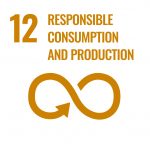
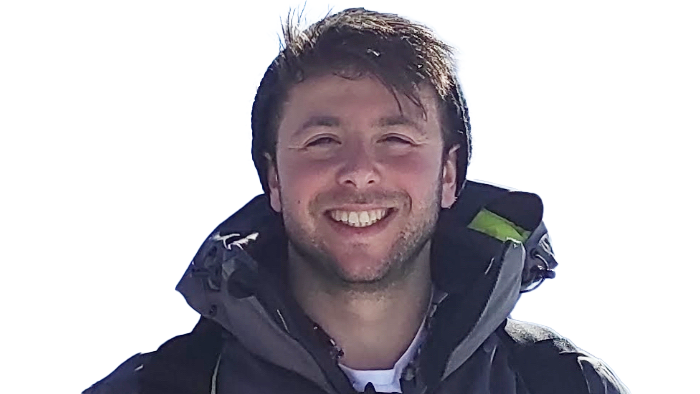
Development of IL-4-secreting CAR-T cells to investigate the role of type 2 immunity in cancer immunotherapy
Type 2 immunity has long been known to be involved in atopic diseases, such as allergy and asthma,
however, reports on its involvement in tumoral immunity have been paradoxical 1. [LT1] Recent studies have suggested that cancer patients who receive chimeric antigen receptor (CAR)-T cells with increased T helper type 2 (Th2) function display long-term complete remission 2. Nevertheless, the role of type 2 immunity and its coordination with type 1 immunity remains unclear in the treatment of cancer. Experiments in our lab have demonstrated that the administration of half-life extended interleukin-4 (IL-4) fusion protein (Fc-IL-4), the prototypical Th2 cytokine, has been linked to increased longevity of intratumoral exhausted CD8+ T cells, leading to enhanced therapeutic efficacy in multiple mouse tumor models. In my PhD thesis, I aim to investigate the role of type 2 immunity and its antitumor properties. Specifically, I will study the effects that IL-4 has on the tumor and the associated immune responses by designing IL-4-secreting CAR-T cells and study the possible synergistic effects of type 1 and type 2 immunity in the context of cancer immunotherapy. Additionally, I will address the potential risk of adverse effects that can arise from CAR-T cell therapy by utilizing an inducible CAR design, which upon caffeine administration will allow CAR signaling in response to antigen recognition.
Project dates: Oct 2021 – Sep 2025
Keywords: T cell therapy – Cancer immunity – Cytokines
Partner: TBC
Laboratory: STI-LBI
Thesis director: Li Tang
EDOC program: EDBB


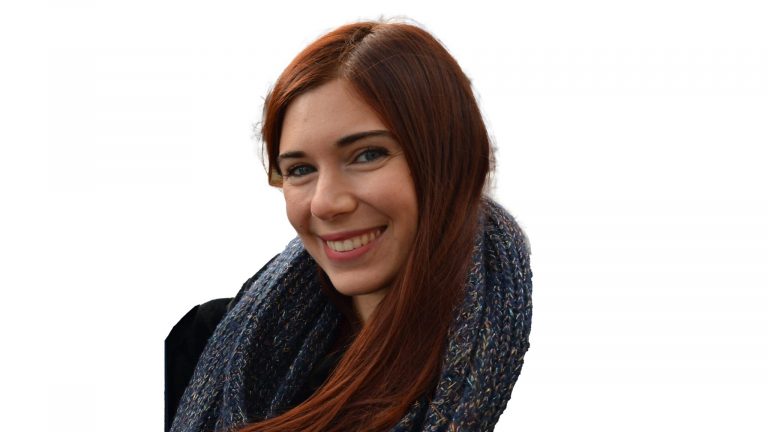
Analysing plastic waste flow across different urban landscapes
With an ever-increasing population and growing consumption, plastic waste management has become one of the most challenging problems in Indonesia. Because of its inadequate and insufficient infrastructure for disposing and managing waste, the majority of plastic waste generated is burned or uncollected. Furthermore, rapid urbanisation resulted in urban sprawl and fragmented urban planning, causing unequal access to waste disposal services within cities. Recycling and collection rates as well as disposal choices thus differ considerably according to the socio-spatial characteristics of the city.
Taking Bandung (Indonesia) as a case study, this PhD thesis aims to quantify plastic waste flow in different neighbourhoods of the city, addressing the hypothesis that specific socio-spatial characteristics can be associated with a specific flow of plastic. This PhD project supports the transition towards a more sustainable waste management in cities in developing countries, by creating new knowledge that is academically and socially relevant.
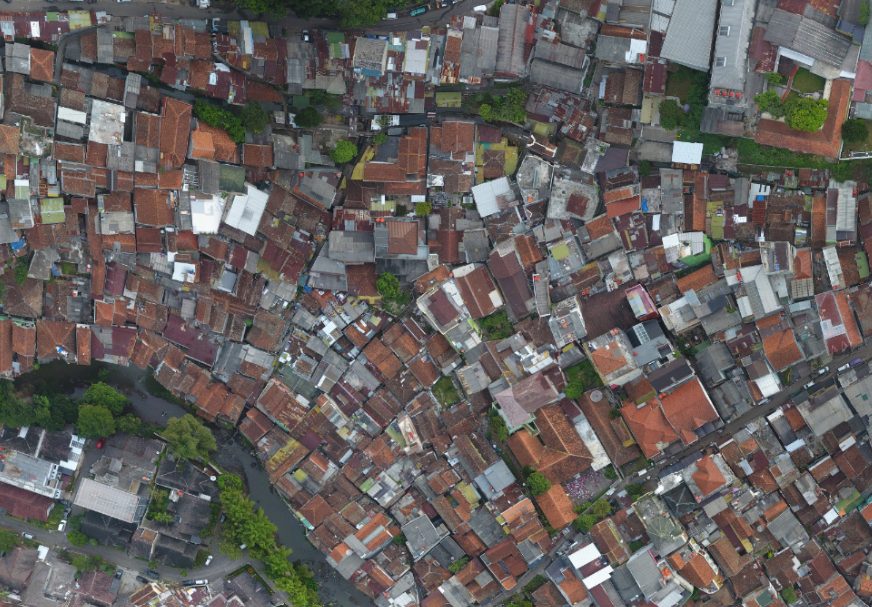
Project dates: Jan 2022 – Dec 2025
Keywords: Waste management – Developing countries – Material flow
Partner: UNEP-GRID
Laboratory: HERUS
Thesis director: Claudia Binder – Christian Zurbrugg
EDOC program: EDAR

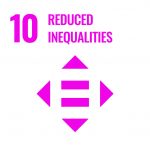



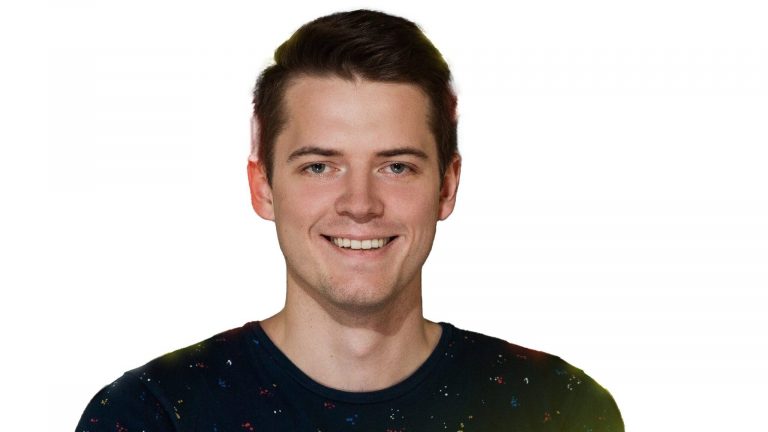
Surface fingerprint approaches for mining of new targets and development of novel molecular degraders
Proteins play a crucial role in every form of life. The function of proteins is largely determined by their 3D structure and the way they interact with other molecules. Understanding the mechanisms that govern protein structure and their interactions with other molecules is a holy grail of biology that also paves the path to groundbreaking new applications, most importantly, in biotechnology and medicine (e.g., for next-generation oncological drugs). This project aims to leverage the information contained in protein surfaces in order to understand the mechanism of protein-ligand interactions, and specifically, protein degradation process which has shown to be an effective tool for drug development.
Project dates: Dec 2021 – Dec 2025
Keywords: Drug Discovery – Machine Learning – Targeted Protein Degradation
Partner: Monte Rosa Therapeutics
Laboratory: STI-IBI-LPDI
Thesis director: Bruno Correia – Michael Bronstein
EDOC program: EDCB

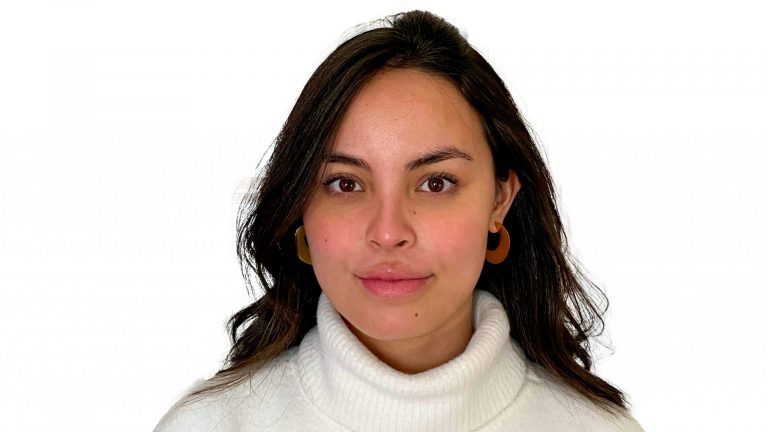
Identifying Moving Objects in Astronomical Surveys Using Artificial Intelligence
Two space dangers threaten the Earth. The first one is space debris, leftovers of old satellites that were left in orbit and over which we have no control. Because of debris, some orbits will soon become so congested that we will no longer be able to use them. The second risk is near-Earth asteroids, which pass close to the Earth’s orbit and threaten with impacting it.Near-Earth Objects
My project tackles these two space threats by applying cutting-edge machine-learning techniques to astronomical images. Both space debris and near-Earth asteroids are moving fast, thus leaving tracks of light in long-exposure images of the night sky. I find these objects and extract useful information about them, such as their speed or rotation. The aim is to improve not only the invaluable ecosystem of the Earth’s orbit but also our ability to forecast the fall of near-Earth asteroids onto Earth, mitigating possible damage.
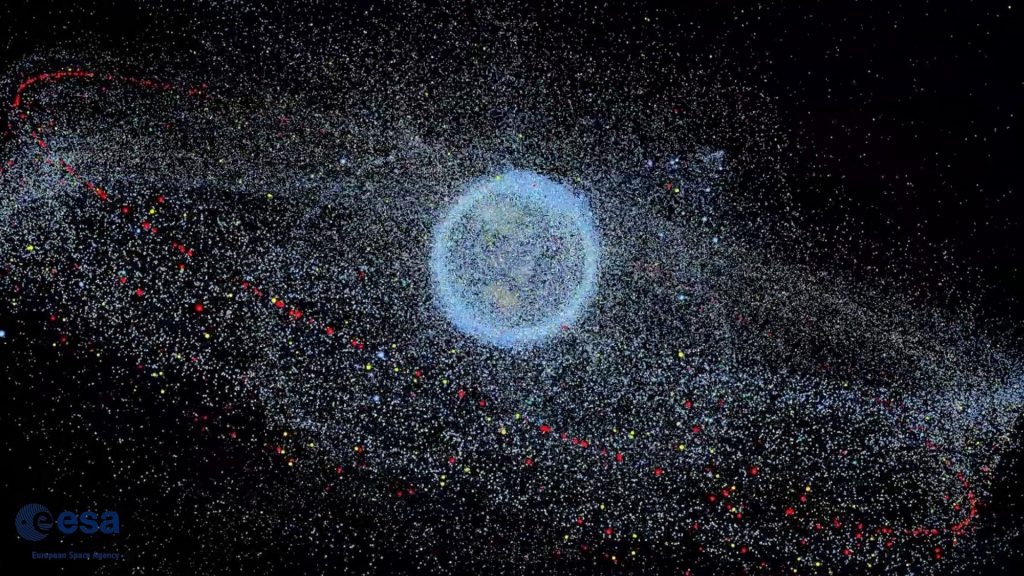
Project dates: Nov 2022 – Nov 2026
Keywords: Near-Earth Objects – Space debris – Machine Learning
Partner: European Space Agency
Laboratory: SB-IPHYS-LASTRO
Thesis director: Jean-Paul Kneib
EDOC program: EDPY

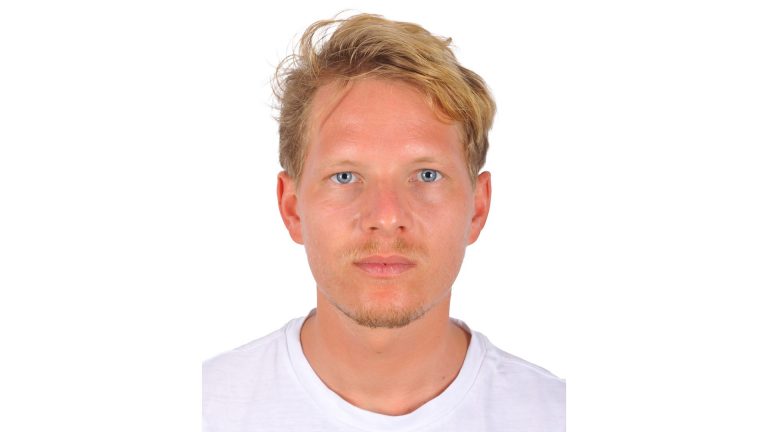
Understanding Tropical Deforestation with Machine Learning
Tropical forests play a crucial role in mitigating global climate change as carbon sinks and are also major biodiversity hotspots. Despite this, they suffer from high rates of deforestation. Remote sensing is being used to monitor tropical forests and to detect and report deforestation. Although valuable, such methods only react to deforestation that has already happened. In this project, we aim to use explainable machine learning to extract insights from satellite imagery about drivers of tropical deforestation and patterns of landscape changes over time and on a global scale. Using this information, we then aim to predict future occurrences of deforestation before any trees are cut.
Project dates: Feb 2022 – Feb 2026
Keywords: Remote sensing – Machine learning – Climate change
Partner: Picterra
Laboratory: ENAC-IIE-ECEO
Thesis director: Devis Tuia
EDOC program: EDCE

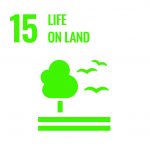

Sustainable photovoltaic schemes for compound semiconductors grown in correlated-disorder hyperuniform patterns
To achieve net-zero carbon emissions, exploiting solar energy is crucial. Currently, the photovoltaic market is dominated by silicon solar cells. However, silicon has unfavourable physical properties for absorption, is very energy-intensive in production and in high demand in other industries like construction. Direct bandgap compound semiconductors have more favourable physical properties and provide an alternative to silicon photovoltaics; examples are gallium arsenide, an established material system, or zinc phosphide, an emerging photovoltaic material that’s earth-abundant and less energy intensive in production. To reduce material consumption and production costs, minimizing the absorber thickness is essential. Less absorber thickness, however, reduces absorption and thus the solar cell efficiency. Hyperuniform disordered surface structures can significantly increase absorption in slabs thinner than absorption depth, by coupling incident light to guided modes in the slab. This project aims to demonstrate and expand the potential of hyperuniform disordered patterns with compound semiconductors for sustainable photovoltaic schemes.
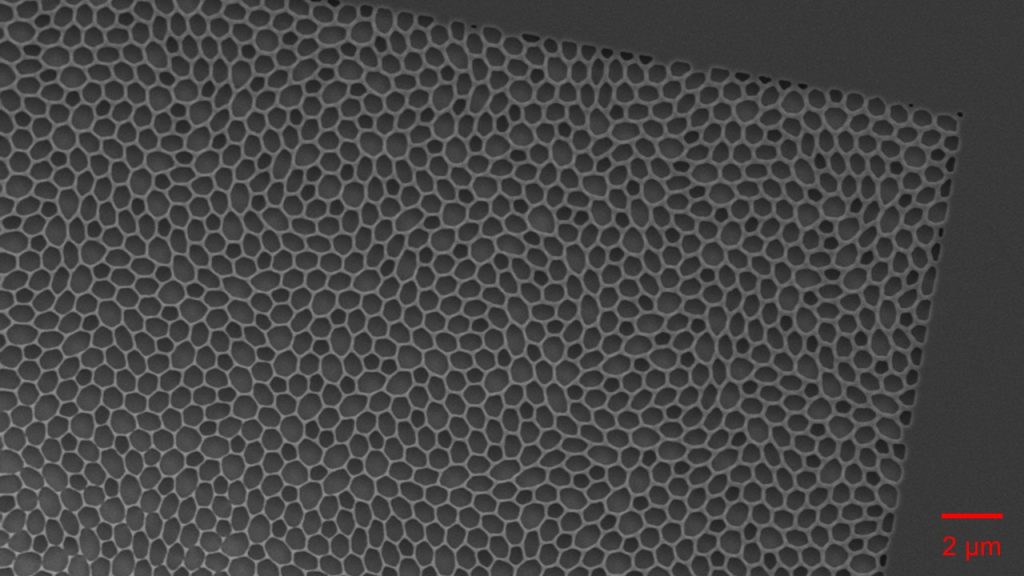
Project dates: Feb 2022 – Jan 2026
Keywords: Photovoltaics – Nanophotonics – Hyperuniform correlated disorder
Partner: AMOLF
Laboratory: STI-IMX-LMSC
Thesis director: Anna Fontcuberta i Morral – Esther Alarcón-Lladó
EDOC program: EDMX
